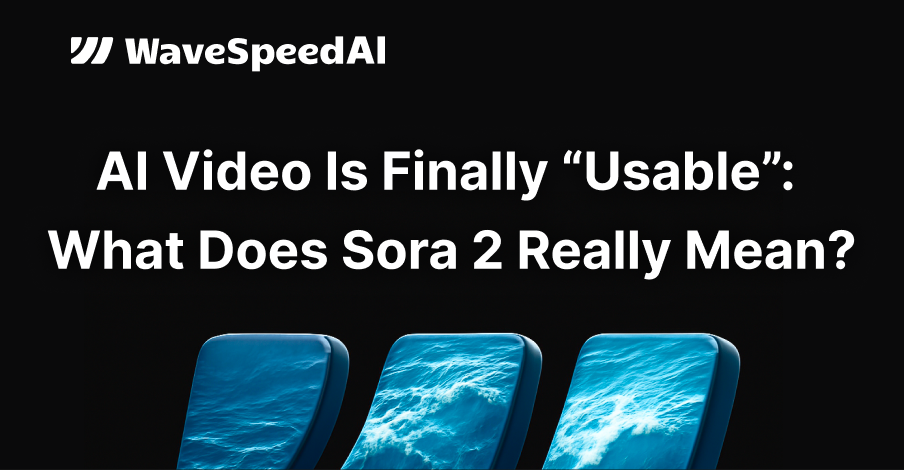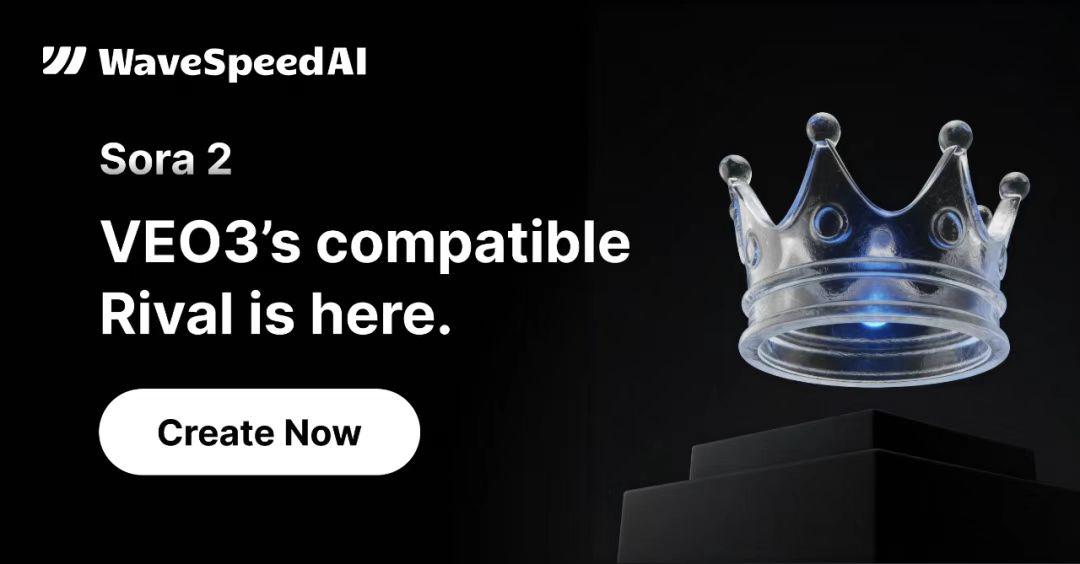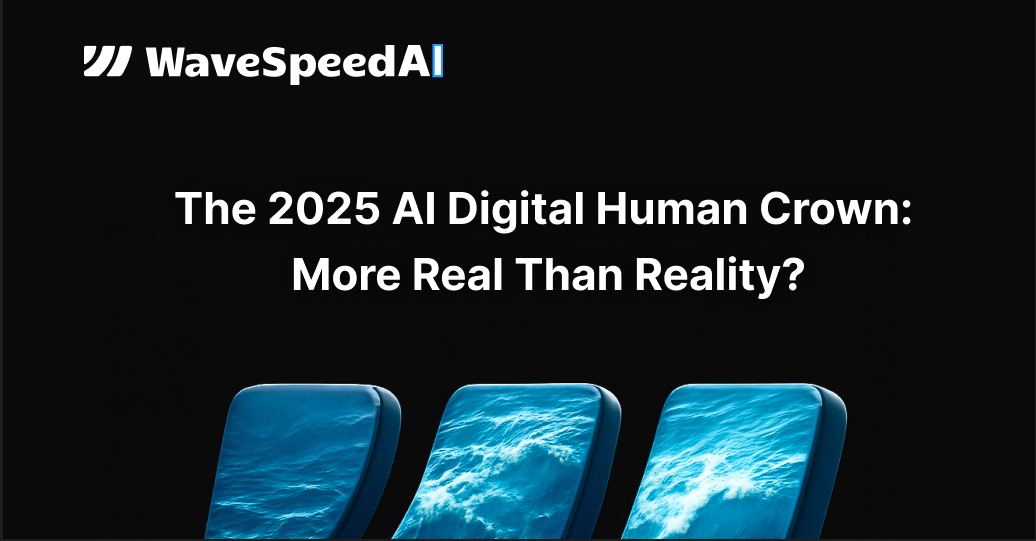
AI Video Is Finally "Usable": What Does Sora 2 Really Mean?
Introduction
At 5:58 AM on October 1, 2025—while most people in China were still enjoying the National Day holiday—OpenAI quietly released Sora 2. This was not just another update. It marked the moment when AI video generation moved from a “tech demo” to a true “production tool.”
Sora 2’s importance goes far beyond visual realism. It signals a major shift in multimodal AI—from “capability showcase” to “production infrastructure,” from “lab experiment” to “commercial backbone.” Behind this transformation is a deeper change in technical understanding, industry structure, and how AI perceives the world.

From Anti-Physics to World Simulation — More Than Realism
The “Physics-Aware” Revolution
Earlier AI video models often looked “anti-physics.” Water hung in mid-air, pets ignored gravity, and rain didn’t create splashes. These flaws made the videos fun but commercially useless.
Sora 2 no longer stitches pixels together. It understands physical dynamics. Basketballs bounce realistically, curtains follow fluid dynamics, and water behaves according to surface tension. Developers noted that even air resistance differs based on each paper sheet’s shape.
This is not parameter tuning—it represents a shift from statistical pixel prediction to causal world understanding. When AI grasps why things move, not just how, it begins to function as an early “world simulator.”
True Multimodal Synergy
In earlier AI videos, visuals, sound, and lighting often felt disconnected. You might see a storm but hear a soft breeze.
Sora 2 aligns everything. As the camera zooms in, rain sounds intensify. Reflections change naturally with motion. Droplets falling from umbrellas connect logically with puddles. When a character switches languages, lip sync remains accurate.
Instead of generating visuals, audio, and motion separately, Sora 2 produces them with a unified world model—closer to how humans perceive reality.
Democratizing AI Video Creation
No technology can reshape an industry unless it’s accessible. Sora 2 reduces the barrier dramatically. Free usage tiers, built-in avatar templates, and cinematography libraries make professional-quality videos achievable for everyone.
Prompting also becomes simpler. Users no longer need long, precise prompts. The model behaves like a camera that “understands the world.”
The cost remains high—industry estimates suggest eight NVIDIA H100 GPUs for one minute of 1080p video—yet this opens opportunities for optimization and cost-efficient solutions.
The First Commercial Product in 72 Hours — What “Usable” Really Means
From “Play” to “Understand”
Technology is easy to demo but hard to apply. Within 72 hours of Sora 2’s release, Kuaizi Technology launched the world’s first commercial product based on it—“AI Studio.”
Their speed didn’t come from rushing. It came from deep understanding. The team first explored the model’s boundaries so everyone aligned on what it could or couldn’t do. Clear understanding led to extremely fast execution.
Infrastructure Value: From “Usable” to “Useful”
Kuaizi delivered in 72 hours thanks to infrastructure support from WaveSpeedAI. Traditional providers supply raw APIs, leaving developers to handle the details. WaveSpeedAI offers ready-to-use tools—prompt templates, parameter tuning, QA systems, and rapid support.
On October 7, both teams began formal integration. Within 24 hours, they completed API access, stability checks, pricing, and concurrency agreements. Since WaveSpeedAI was already an OpenAI-recognized API partner, the collaboration moved fast.
This shows a new trend: AI infrastructure competition is shifting from pure model capability to ecosystem and deployment speed.
Market Validation: B2B Will Explode First
Real Demand From Businesses
Within 24 hours, Kuaizi generated over 1,100 customer videos across multiple industries—T-shirts, speakers, water purifiers, toys, and more.
Clients didn’t ask, “How do I use it for free?” They asked, “How do I pay?” After using free quotas, many immediately looked for pricing options.
This confirmed WaveSpeedAI’s prediction: B2B demand will lead the market.
Why B2B Leads?
Three reasons explain this:
- Clear ROI: Businesses use AI to solve real problems. Sora 2 cuts production time and costs dramatically.
- Scale: A consumer generates a few videos per day; a business may generate thousands.
- Higher Technical Acceptance: Widespread use of GPT and Midjourney made enterprises comfortable with AI. They’ve shifted from “Can AI work?” to “How do we use it better?”
Industrial Restructuring: Five Industries Facing a “Dimensional Collapse”
Film & Advertising: From Creative Bottlenecks to Execution Bottlenecks
Traditionally, creativity and execution are disconnected. Directors wait weeks for 3D teams to build scenes. Brands must shoot multiple versions for A/B testing.
Now Sora 2 can produce cinematic storyboards from simple prompts. A sports brand reduced a one-month production cycle to three days and cut costs by over 90%.
E-Commerce & Retail: From Static Pages to Dynamic Experiences
Small merchants struggled to produce video content. With Sora 2, beauty brands create try-on videos, electronics show usage flows, and clothing brands produce lifestyle scenes.
Dynamic listings see a 270% higher click-through rate and 40% higher conversion rate.
Gaming: From Asset Creation to Full Scene Generation
A cyberpunk subway scene that used to take three days can now be produced in an hour. Fabric, hair, and physics behave naturally. Animators’ workloads drop by 70%, empowering indie creators.
Education & Real Estate: From Imagination to Experience
Teachers can visualize black holes and galaxies. Homebuyers can generate immersive walkthroughs from floor plans.
Content Ecosystem: From Team Production to Solo Creation
One person can now generate complete videos—footage, narration, and subtitles included. Some creators already run AI-powered multi-channel content networks gaining 100K+ followers monthly.
As barriers fall, competition shifts toward originality and creative depth.
Deep Reflections: What Sora 2 Truly Represents
From “Pattern Recognition” to “World Understanding”
Traditional AI learns correlations but lacks causality. Sora 2 begins to show causal reasoning—understanding mechanical rules and physical interactions. This marks a meaningful step toward AGI.
From “Tool” to “Creative Partner”
AI is no longer a passive executor. It behaves like a professional cinematographer that understands your intent and fills in details. Creation becomes:Human intent → AI creation → Human curation.
From “Tech Demo” to “Means of Production”
Sora 1 amazed people. Sora 2 delivers real commercial value. It’s like the moment electricity entered factories or the internet entered commerce.
From “Replacing Humans” to “Augmenting Humans”
AI doesn’t replace professionals—it expands the market. Small businesses gain capabilities they never had. Teams use AI to accelerate pre-production and focus on creativity.
Future Outlook: What’s Next for Multimodal AI?
From “Single Modality” to “Full-Modality Fusion”
Future AI will integrate touch, smell, and taste to deliver full-sensory experiences, not just video and audio.
From “Content Generation” to “World Construction”
AI will eventually generate persistent, interactive virtual worlds with physics, social behavior, and culture. This will transform gaming, education, training, and design.
From “Passive Generation” to “Proactive Creation”
AI will suggest ideas, predict outcomes, and become a true creative collaborator—not just a generator.
From “Centralized Platforms” to “Decentralized Ecosystems”
As open-source models improve and compute gets cheaper, small teams will run specialized models. Ecosystems will become more open and dynamic.
Conclusion: Commercialization Is the Core Code
Sora 2 marks the turning point where multimodal AI becomes both “usable” and “useful.” Technical breakthroughs matter, but understanding, execution, and ecosystem integration matter more.
The next leap could come at any moment. May you not only welcome opportunities but seize them—and scale them into lasting impact.
Bonus: Real-World Examples
A glimpse into a real commercialization scenario: Examples for you
Stay Connected
Discord Community | X (Twitter) | Open Source Projects | Instagram

